5 Polish Recipes from Wild Honey and Rye
Lots of you have been very busy making recipes from my book, Wild Honey and Rye: Modern Polish Recipes. Here…
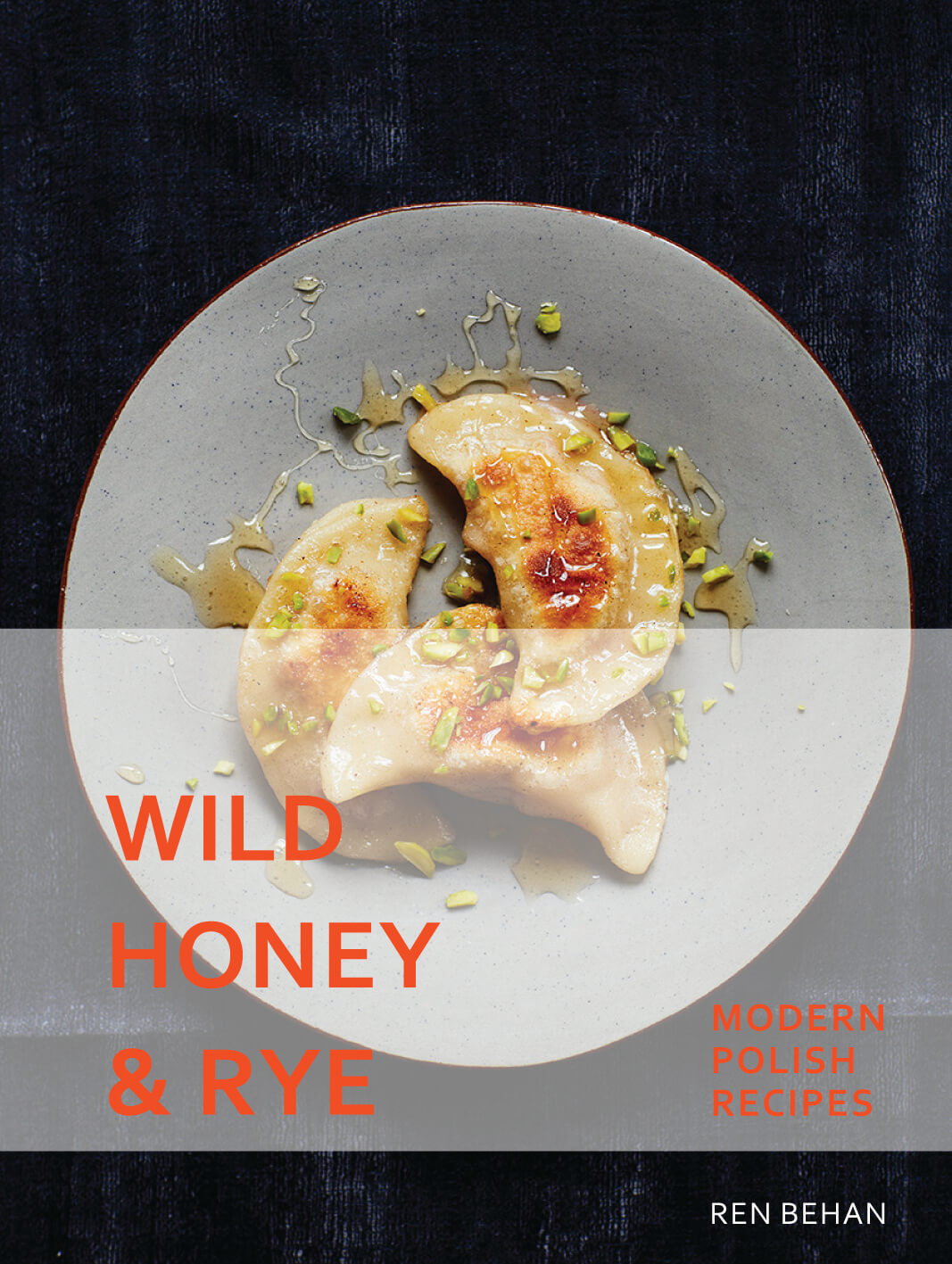
Lots of you have been very busy making recipes from my book, Wild Honey and Rye: Modern Polish Recipes. Here…
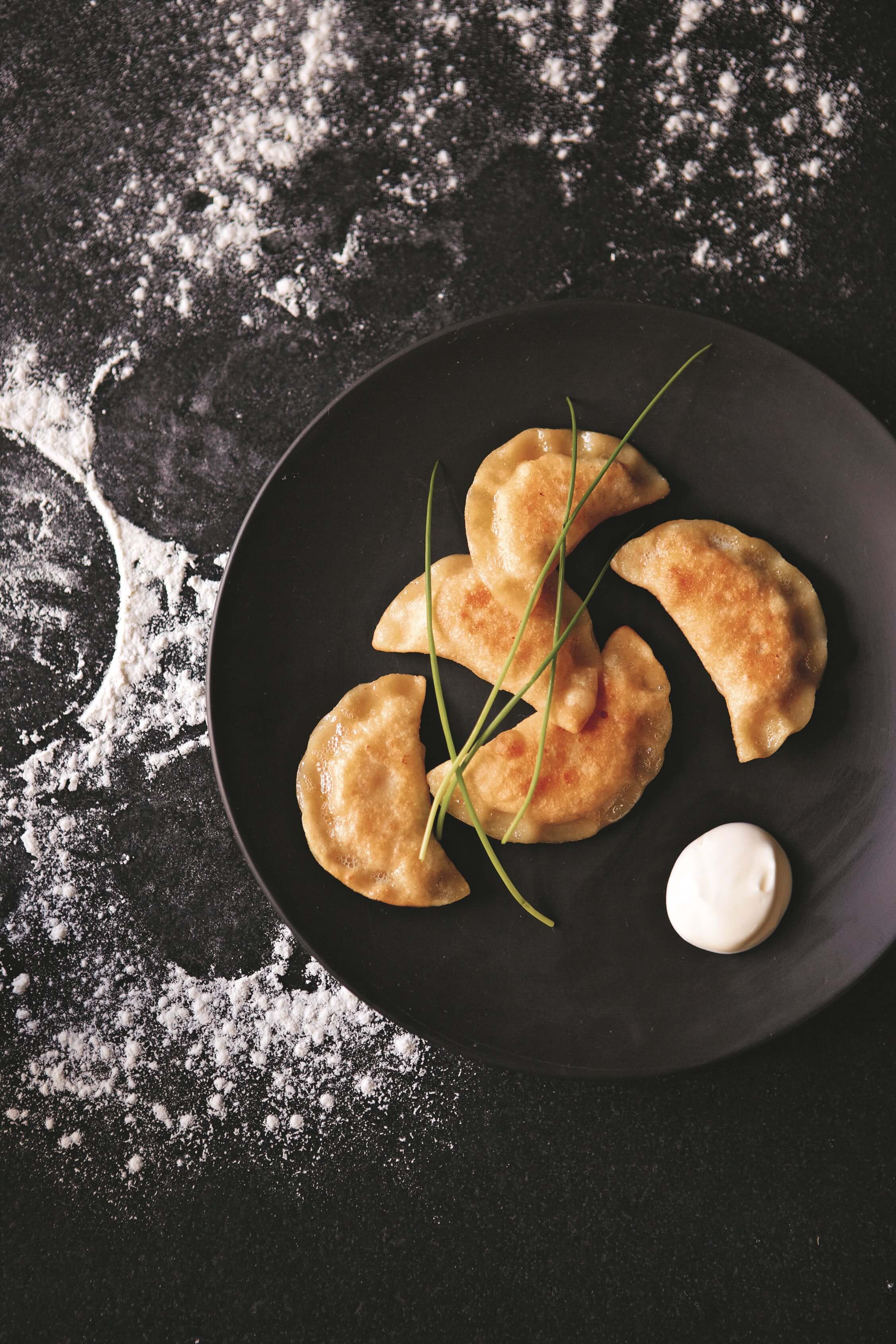
Christmas is almost here! Here in the UK, we are looking forward to beginning our family celebrations on Christmas Eve…
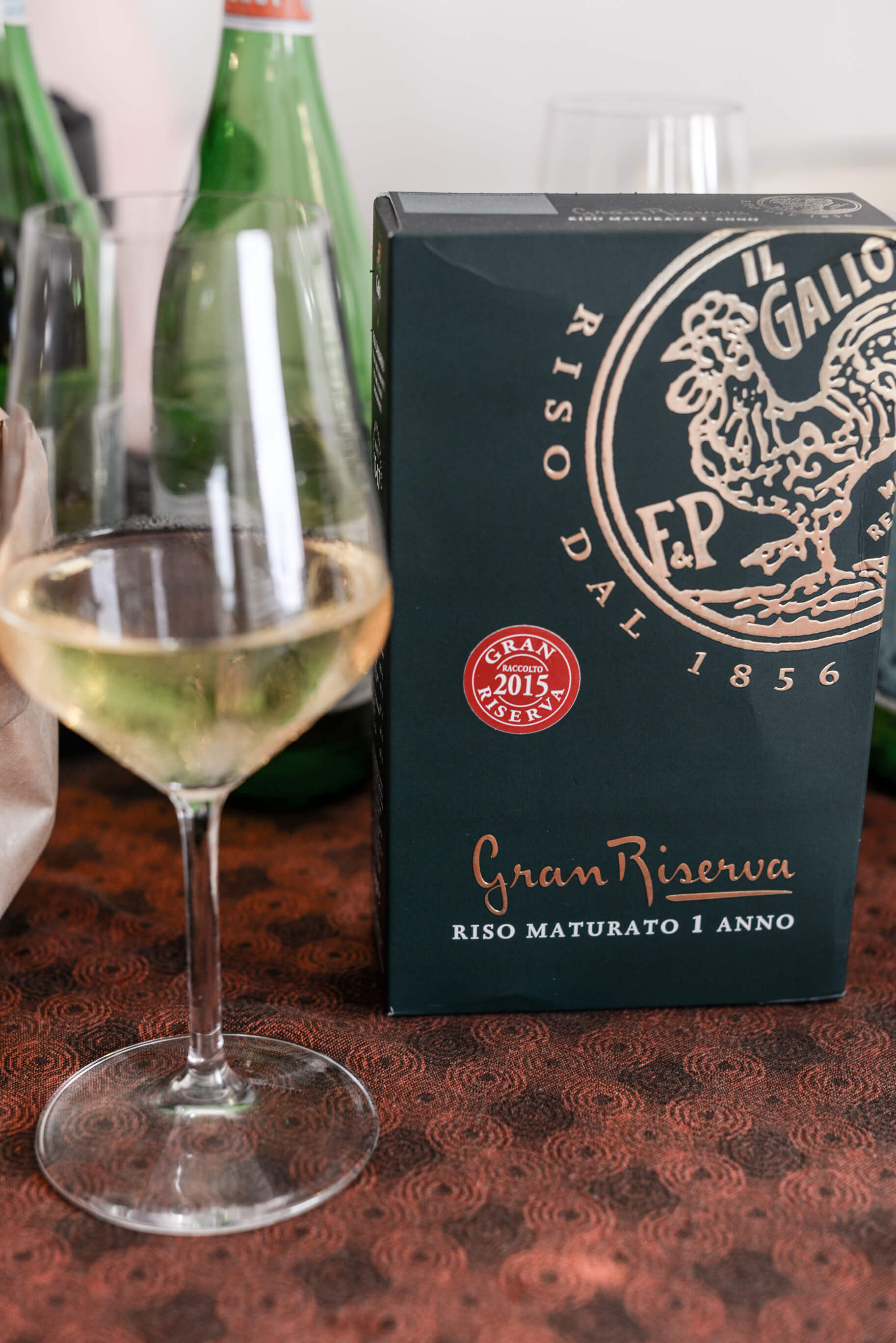
Earlier this year, I travelled to Lombardy and Piedmont in Italy to visit Riso Gallo, the Italian family business established…
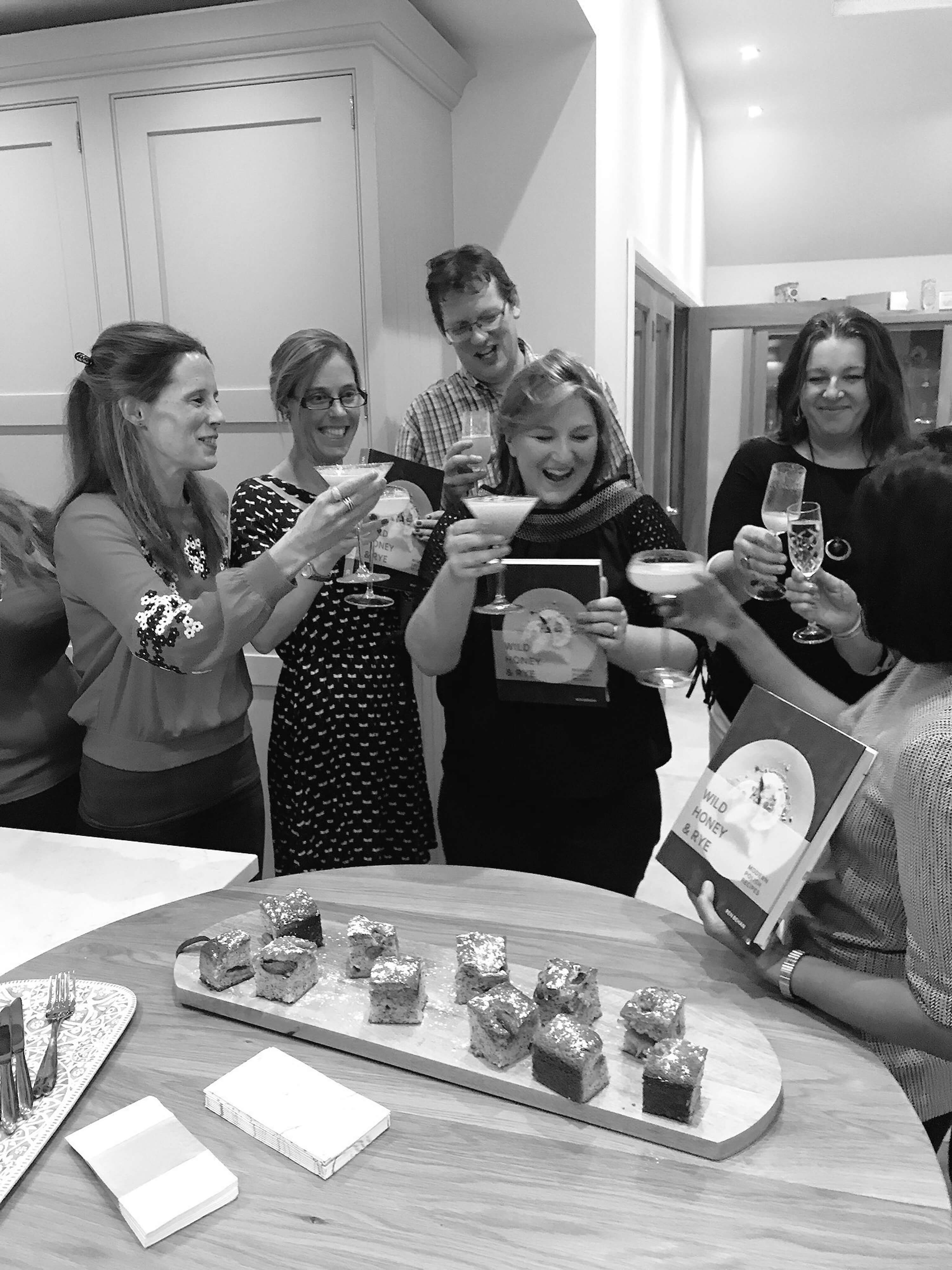
A big ‘thank you’ to everyone who has supported me this month… Hooray – 7th September 2017 saw the launch…
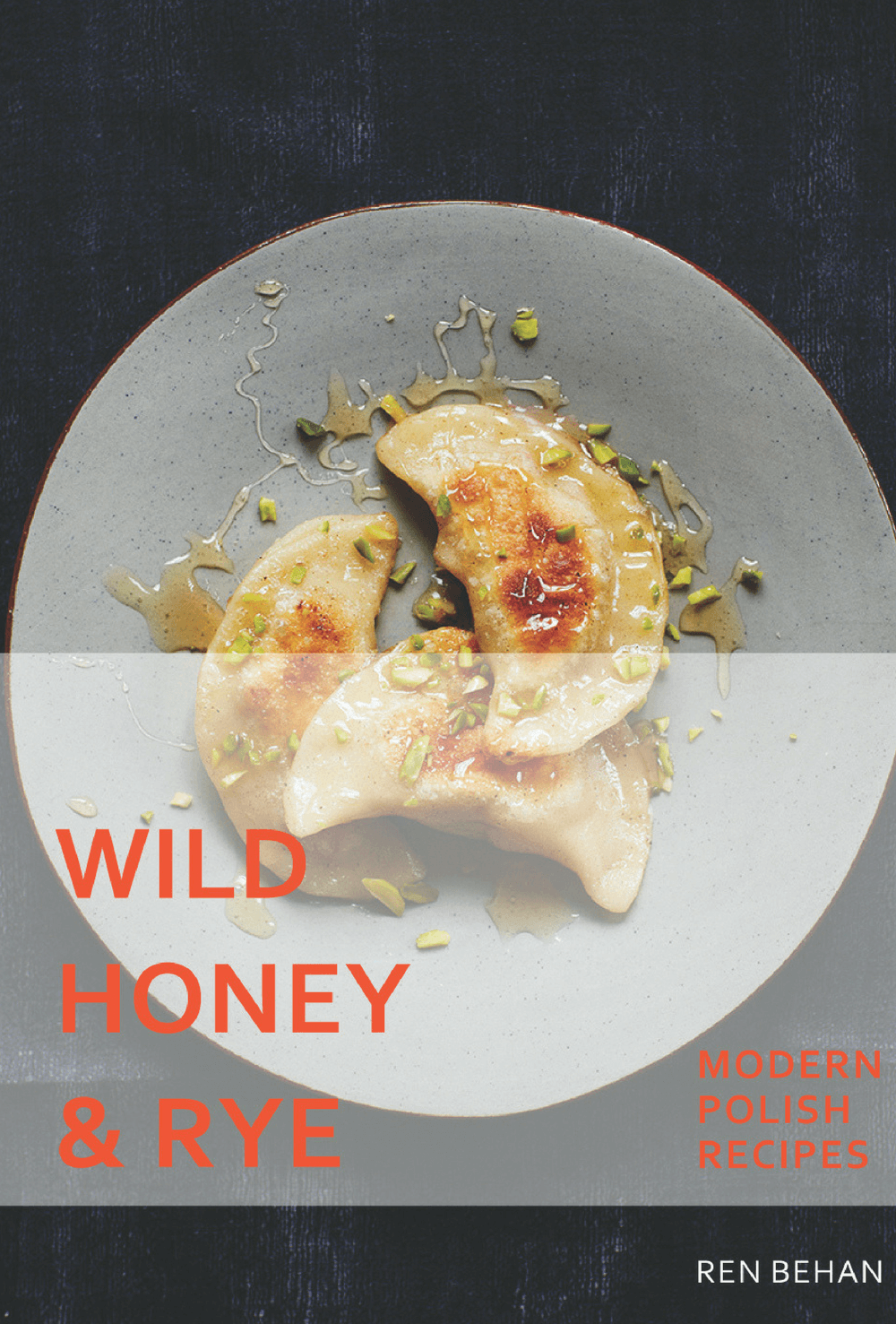
“If you’re curious about the world, then food is a wonderfully satisfying way of approaching it because all human experience…

This is the first post in a new series from Bloom by Ren – which I’ll be adding to a bank…
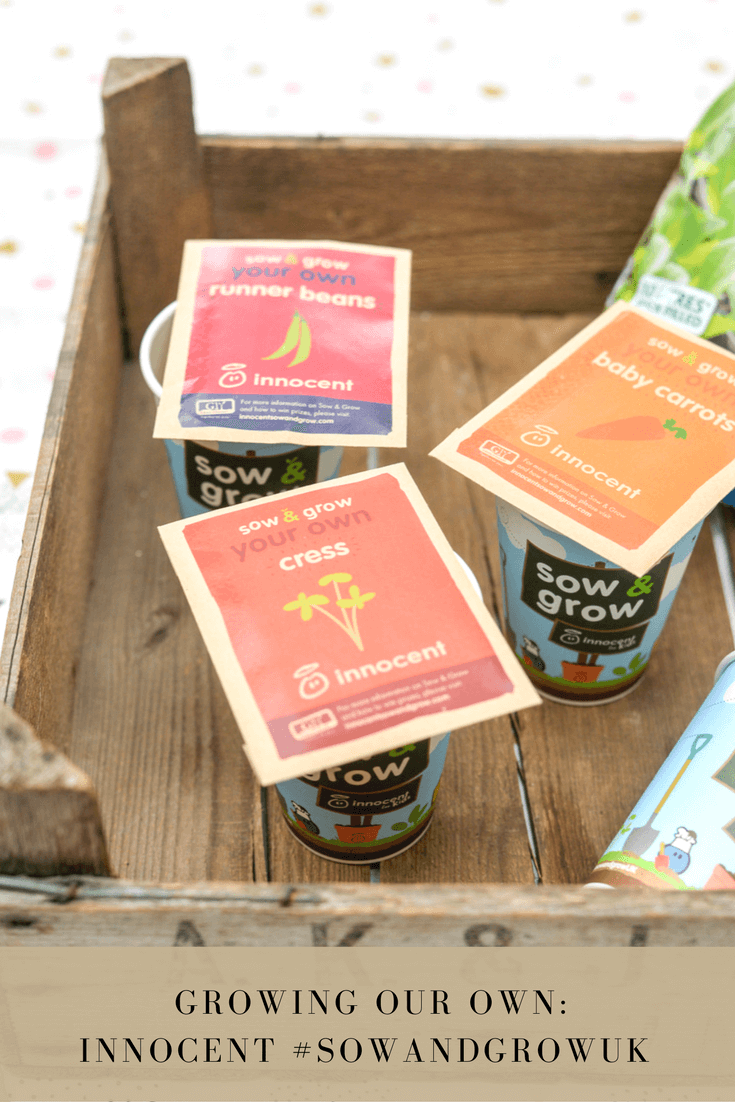
I’m working with innocent as a Sow & Grow UK Ambassador from February to April 2017. Follow the tag #sowandgrowUK…
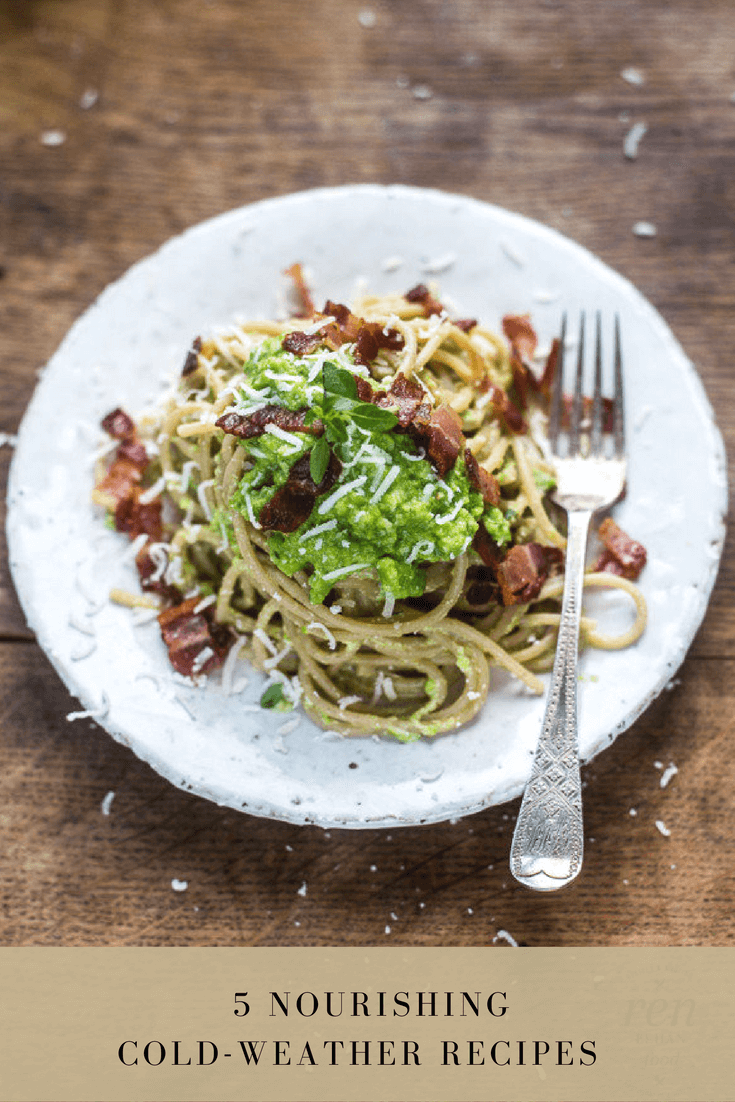
First of all a belated Happy New Year to you all! I’m currently working on a super-positive, goal inspired post…
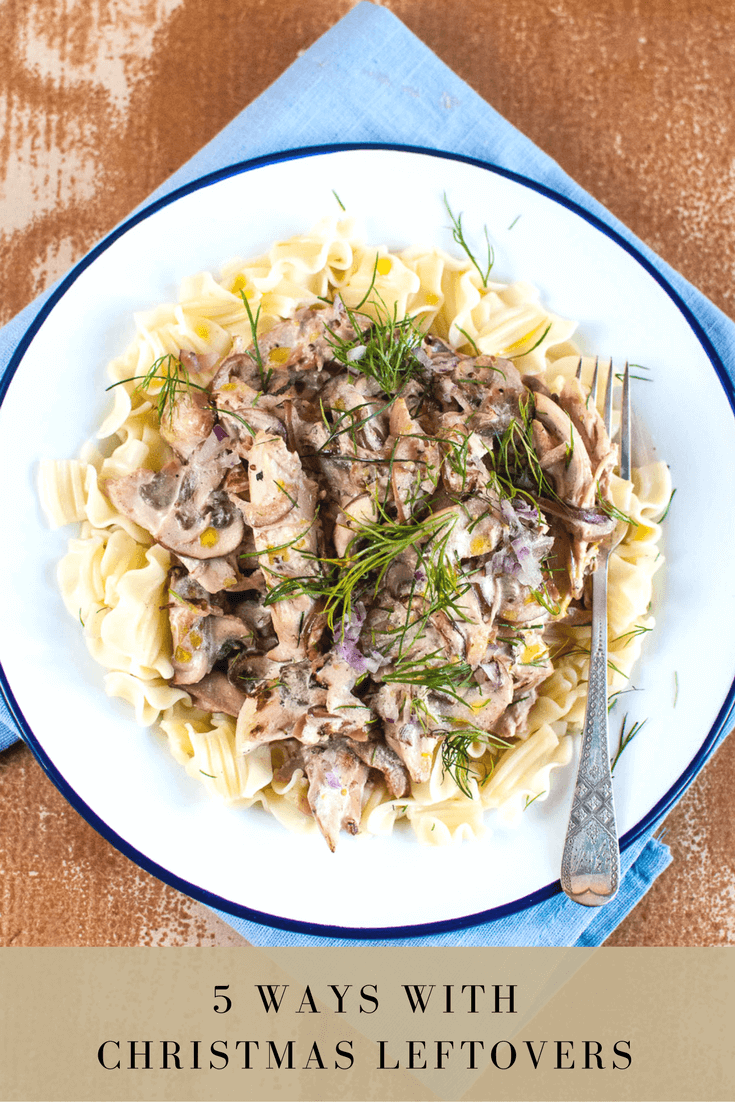
Here we are in that no-man’s land between Christmas and New Year when our fridges tend to be stuffed with…

From Christmas gifts for teachers and local friends, to canapés and cocktails for all those parties, I’ve pulled together a…
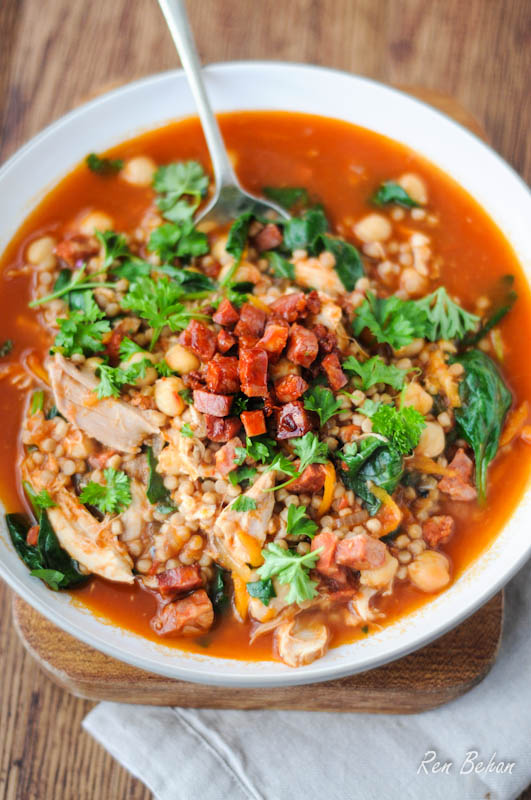
It’s that time of year when all I want to do is curl up on the sofa in a toasty…

Summer is here and it’s hotting up so today I’m sharing three really easy recipes that require little effort and…
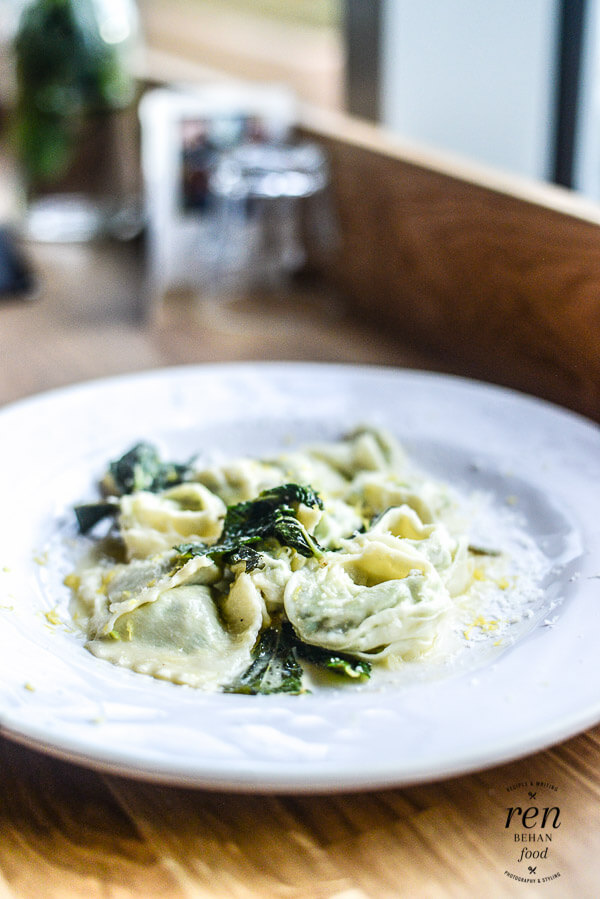
Hello, Happy Bank Holiday Monday! It’s hard to believe that five years have flown by since I last took a…
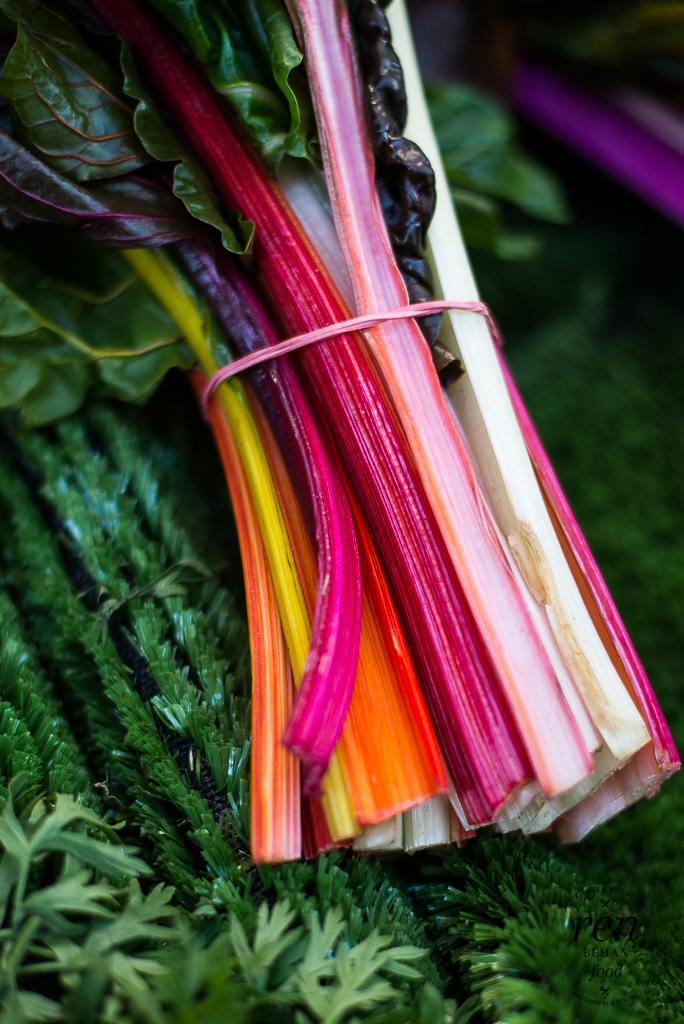
If today’s news of the giant sinkhole in St Albans hasn’t caught your attention, then I hope this weekend’s St…

Hello, I hope you’ve all had a good summer? As I ease myself back into the swing of things, I’m…